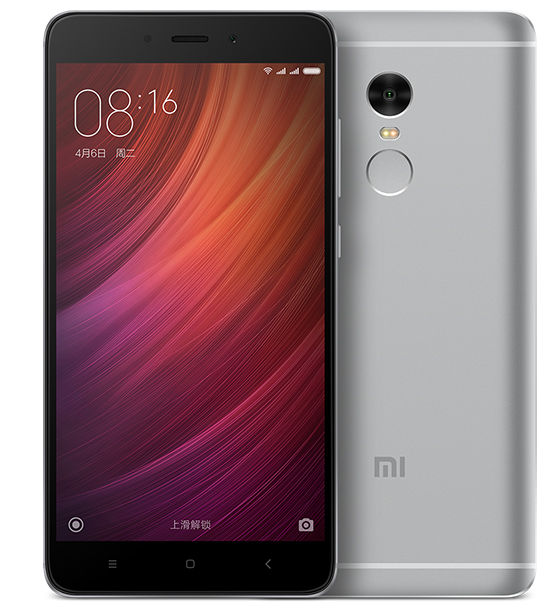
In 2016 year itself, Xiaomi announced two iterations of its most popular Redmi Note series in China. In the early 2016, the company launched Redmi Note 3 and in the second half of the year we have seen the launch of its successor, the Redmi Note 4. Unlike Redmi Note 3 which was announced for various global market, the Redmi Note 4 was exclusive only for the Chinese market. But there is some good news for the Indian MIUI fans as they might soon see Redmi Note 4 announcement in the country.
According to the latest reports, Xiaomi is planning to launch Redmi Note 4 in India with a change in the processor compared to that of Chinese version. As we all know, MediaTek devices are banned in India we could see launch of Snapdragon SoC version. India is one of the favourite market for the Chinese giant in terms of sales number for all its devices. Currently Redmi Note 3 is one of the best-selling devices for the company in India. Xiaomi hopes the same success for its upcoming Redmi Note 4 smartphone in India. Also Xiaomi Redmi Note 3 vs Redmi Note 4 vs Redmi Pro – Compare Now!
Coming to the specifications, the Redmi Note 4 features a 5.5-inch Full HD (1920 x 1080 pixels) IPS display with a 2.5D glass on top and has pixel density of 403 ppi. It is expected to powered with Snapdragon 625 octa-core processor compared to the MediaTek Helio X20 octa-core CPU of the Chinese variant. Just similar to that of Redmi Note 3, the upcoming device will also be offered in two different variants – one with 2GB RAM + 16GB storage and another with 3GB RAM + 32GB storage.
Other specs of the device includes a 13-megapixels rear camera with LED flash, a 5-megapixels front camera, runs on Android 6.0 Marshmallow with MIUI 8 on top, 4G VoLTE, and a 4,100mAh non-removable battery. Xiaomi Redmi Note 4 sports a metal body with chamfered edges which provides better grip compared to rounded edges of its predecessor. As of now, these are the only details surfaced. Stay tuned as we will update with price and availability details once it goes official in January 2017 in India.

LEAVE A REPLY